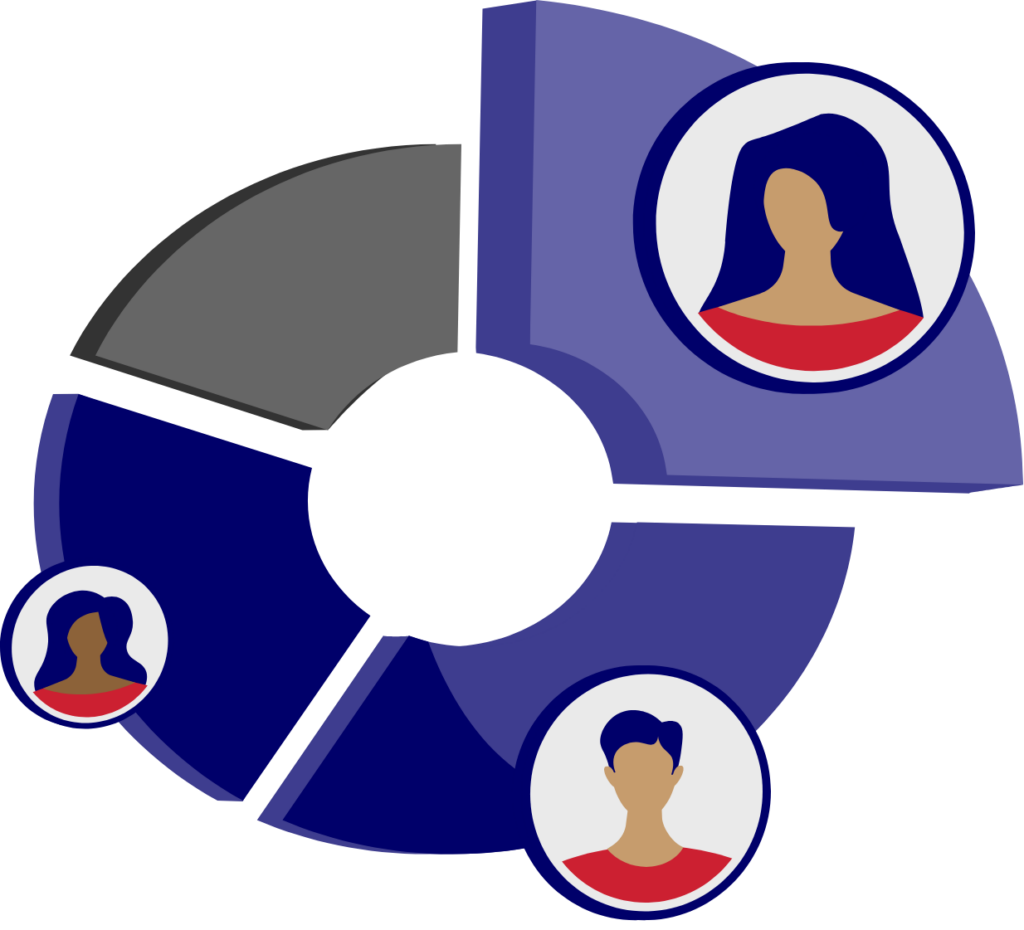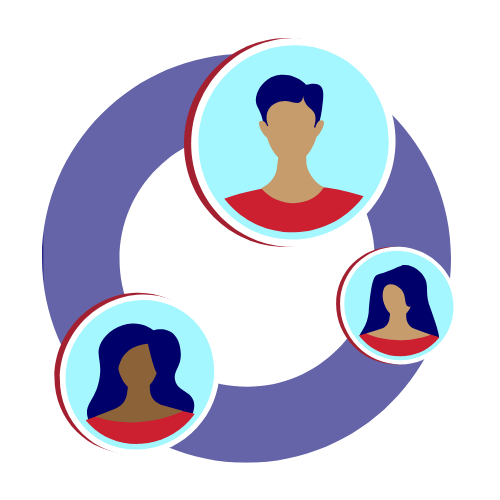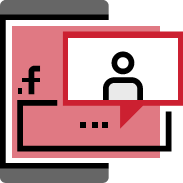Audience Segmentation
FAQs Answered

The shift from traditional to digital marketing changed the marketing landscape from one of silos to one of interconnectedness. Using a one-size-fits-all approach no longer makes the cut, especially with the coming of cutting-edge AI technologies. The ever-growing marketing industry now encompasses endless automation and analytics capabilities that enable brands to turn moments with their target audience into trusted customer relationships.
While many brands have the latest marketing tools in their arsenal such as HubSpot, Salesforce, and tools like Google Analytics, many of them fail to optimize these tools for audience segmentation. Being able to track customer actions, especially the ones that drive sales, is essential to ensuring customers get what they want. Audience segmentation enables you to use customer data to develop unique experiences that lead to customer loyalty. This is a win-win for both businesses and the customers they serve.
Wondering how audience segmentation works? You’ve come to the right place. We have compiled a list of some frequently asked questions about audience segmentation to help kickstart your journey.
What Is It
What is audience segmentation?
Before we jump into the details about audience segmentation, we have to address the elephant in the room – buyer personas. Audience segmentation and buyer personas are two peas in a pod, they can’t be separated, they look similar, but they are unique in different ways. A buyer persona is a fictional representation of your ideal target audience or customer. Audience segmentation, on the other hand, allows you to identify specific groups of people within your buyer persona.
 One of the hurdles businesses faces is distinguishing specific groups within their buyer persona to enable the development of marketing strategies that are unique to each audience’s specific needs and interests, otherwise known as buyer journeys. At M_LAB we specialize in (industry) marketing. We help our clients overcome these hurdles by developing these buyer journeys for our clients.
One of the hurdles businesses faces is distinguishing specific groups within their buyer persona to enable the development of marketing strategies that are unique to each audience’s specific needs and interests, otherwise known as buyer journeys. At M_LAB we specialize in (industry) marketing. We help our clients overcome these hurdles by developing these buyer journeys for our clients.
For example, if your company targets young families, there are multiple segments within this group including different locations, values, religions, lifestyles, socioeconomic status, purchasing behavior, and key motivations. Audience segmentation allows you to dive deeper and create more detailed, and accurate, buyer personas. From our experience, the more details you have the more able you are to develop informed content strategies.
Why You Should Do It
There are many ways to segment an audience. The method you choose should depend on your specific business goals and marketing objectives. Here are some of the most common methods to segment your audience:
What are the key benefits of audience segmentation?
Audience segmentation allows brands to get closer to their customers by making their customers feel heard. Combining basic user segmentations like age, gender, and location with behavioral and intent-based segmentation will provide you with the right data set to create personalized messaging that results in increased engagement.
Today’s shopper goes through a more complex buyer journey guided by their own sense of beliefs and intentions. Brands that are able to cater to unique audiences needs and to increase audience engagement will enjoy more lead, increased conversions, and higher customer retention.
How does audience segmentation give companies a competitive advantage?
Companies that execute audience segmentation successfully reap many benefits. Here are some examples of companies that were able to gain a massive competitive advantage by developing personalized brand experiences based on audience segmentation:
Amazon: The company’s highly targeted email campaigns are based on past purchases, interests, and behaviors. Each user experiences personalized messaging based on products that are relevant for them and their buyer journey.
Nike: The brand has separate campaigns for runners, basketball players, soccer players, etc. Each campaign is tailored to the specific needs of each audience segment group, even though it might be promoting the same training shoe.
Netflix: Netflix uses audience segmentation based on viewing habits. Audience experiences are based on shows that the viewer is most likely to find interesting and highly engaging.
Overall, these brands have successfully optimized their audience segmentation efforts to better understand and connect with their customers.
How Do You Do It
How do you identify relevant audience segments?

Demographic Segmentation
This includes dividing your audience based on demographic factors such as age, gender, education level, income, and geographic location.

Psychographic Segmentation
This approach considers the attitudes, beliefs, values, and lifestyle of your audience. This helps taps into their motivations, preferences, and purchasing behaviors.

Behavioral Segmentation
This considers the behaviors and actions of your audience, such as their buying habits, preferred communication channels, usage patterns, loyalty, and how they respond to marketing communications

Firmographic Segmentation
This approach is often used in B2B marketing and involves dividing your audience based on company size, industry, and location

Technographic Segmentation
This involves dividing your audience based on their use of technology, such as their preferred devices, social media platforms, and communication

Generational Segmentation
This expands the location where your target audience resides. This can range across continents to singular zip codes.
Here are a few tips for setting up your audience segments for success:
Make segments easy to use: Creating audience segments can be complicated but using them shouldn’t. Be sure your audience segments can be used across teams with ease.
Use machine learning: Automating your processes can be a huge time saver. The M_LAB team uses technology automation to segment lists and communication workflows.
Make them easy to access: Make your audience segments aligned with your marketing and sales channels. Know what channels your audience uses and have a plan for how your business can serve them.
Make segments profitable: Make sure your audience segments align with business goals and the services or products you offer. Focus on where your business stands today, then expand segments based on results.
Create a plan for each segment: Instead of sending slight variations of the same content to each segment, create a unique plan for each segment that includes unique landing pages or personalized emails to enhance each experience.
What Do You Do After You’ve Done It
How do you use audience segmentation to develop targeted messaging?
At M_LAB, audience segmentation is one of the main strategies we use to help our clients develop targeted messaging that speaks directly to the needs and interests of customers. We start by creating customer profiles for each segment including things like characteristics, behaviors, preferences, beliefs, and more.
These insights can be used to develop targeted messaging that addresses unique needs and pain points. For example, if you are targeting Gen Z, you might focus on the social responsibility and cost-effectiveness of your product. Alternatively, if you are targeting seniors, you might focus on health benefits and ease of use.
Regardless of what industry your business is in, ensure that your audience segments are different enough to warrant unique messages and marketing communication strategies. Doing this will help you decide which products, messages, and content will bring the most value. Your goal should be to make your customers feel like you understand them and that you genuinely want to help them, not just sell.
How do you test and refine audience segments?
Audience segments evolve over time. Continually investigating your audience’s usage and needs for differentiation is the key to long-term success. Once you have your audience segments finalized, be sure to set aside time to go back and revisit them bi-annually to confirm if they are still necessary and to review if your messaging is still effective.
Segmentation analysis will help you assess other areas of your business including resources, customer service, product delivery, brand awareness and more. With consistent analysis, your business will be able to stay ahead of how your customers interact and engage in the ever-changing digital landscape.
Conclusion
Audience segmentation can help you innovate your business in a customer-centric way that leads to increased conversions and stronger customer loyalty. Use the tips in this blog to kickstart your audience segmentation journey today, and don’t forget the M_LAB team is always equipped to lend a helping strategy.